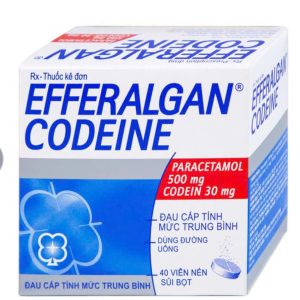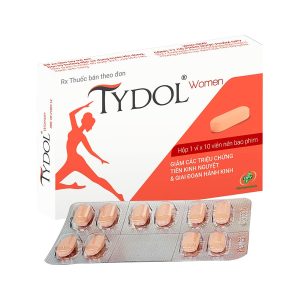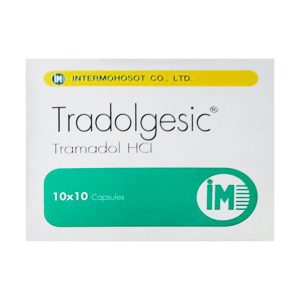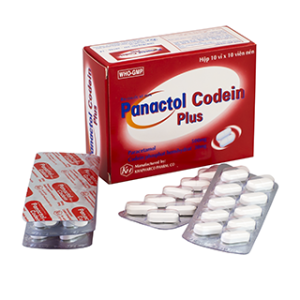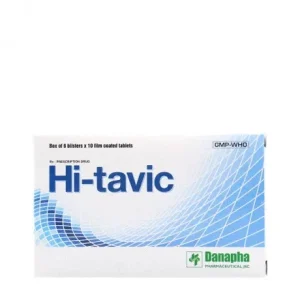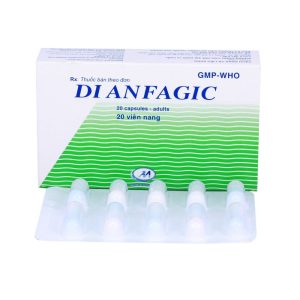We deliver to you every day from 7:00 to 23:00
The best discounts this week
Every week you can find the best discounts here.
What’s the Best Painkiller for Post-Workout Pain?
Post-workout pain is a common issue for anyone who engages in physical exercise, whether you’re an experienced athlete or just getting started. After a tough workout, muscles can become sore and fatigued. This discomfort, often referred to as delayed onset muscle soreness (DOMS), can make everyday activities feel challenging. Thankfully, there are several painkillers and remedies that can help alleviate this pain effectively. In this article, we’ll explore the best painkillers for post-workout soreness and how to choose the right one for your needs.
What Causes Post-Workout Pain?
When you exercise, especially during intense workouts or when trying new exercises, tiny tears occur in your muscle fibers. As these fibers repair, they become stronger, but the process can cause inflammation and pain in the affected muscles. This is what leads to the muscle soreness you feel a day or two after your workout, commonly known as DOMS.
Key Factors That Contribute to Post-Workout Pain:
-
Intense workouts: High-intensity or unfamiliar exercises put extra strain on muscles.
-
New exercises: If you’re trying a new workout or increasing intensity, your muscles might not be used to the strain.
-
Lack of recovery: Not allowing enough time for muscles to recover between workouts can exacerbate soreness.

Types of Painkillers for Post-Workout Pain
When it comes to post-workout pain, there are different types of painkillers you can use to manage discomfort. From over-the-counter (OTC) pain relievers to natural remedies, you have a variety of options.
1. Non-Steroidal Anti-Inflammatory Drugs (NSAIDs)
NSAIDs are one of the most commonly used over-the-counter painkillers for post-workout pain. They work by reducing inflammation, which is often the primary cause of muscle soreness. Popular NSAIDs include ibuprofen (Advil), naproxen (Aleve), and aspirin.
Benefits of NSAIDs:
-
Reduces inflammation: NSAIDs help lower inflammation, which can alleviate muscle soreness.
-
Fast-acting: These medications are quick to relieve pain and discomfort.
Potential Side Effects:
-
Stomach irritation: Prolonged use can irritate the stomach lining.
-
Kidney stress: Overuse of NSAIDs may put strain on the kidneys, especially in individuals with preexisting kidney conditions.
Recommended Dosage:
Follow the dosing instructions on the label or consult your doctor for personalized advice. Typically, ibuprofen is taken every 4-6 hours, while naproxen is taken every 8-12 hours.
2. Acetaminophen (Tylenol)
Acetaminophen is another popular over-the-counter option for treating post-workout pain. Unlike NSAIDs, acetaminophen doesn’t reduce inflammation, but it’s effective at relieving pain. It works by blocking pain signals in the brain.
Benefits of Acetaminophen:
-
Gentler on the stomach: Acetaminophen is less likely to irritate the stomach compared to NSAIDs.
-
Widely available: It’s available over-the-counter and can be found in most pharmacies.
Potential Side Effects:
-
Liver damage: Overuse or high doses can lead to liver damage, so it’s important to adhere to the recommended dosage.
Recommended Dosage:
Typically, acetaminophen is taken every 4-6 hours, with no more than 4,000 mg consumed in a 24-hour period to avoid liver damage.
![]()
3. Topical Pain Relievers
Topical pain relievers, such as creams, gels, and patches, can be directly applied to the affected muscles to relieve soreness. These products often contain menthol, camphor, or capsaicin, which create a cooling or warming sensation to help soothe muscle pain.
Benefits of Topical Pain Relievers:
-
Targeted relief: These products deliver pain relief directly to the affected area.
-
No systemic side effects: Unlike oral painkillers, topical products don’t carry the same risks for stomach irritation or liver damage.
Popular Products:
-
Biofreeze: A menthol-based gel that provides cooling relief.
-
Tiger Balm: Contains menthol and camphor for a warming and soothing effect.
Potential Side Effects:
-
Skin irritation: Some people may experience redness or irritation from topical products, especially if used in excess.
4. Muscle Rubs and Gels
Muscle rubs and gels, like Arnicare or Voltaren, are formulated specifically for muscle pain relief. They can be massaged into the skin and are often recommended for treating soreness caused by exercise.
Benefits of Muscle Rubs:
-
Reduces muscle stiffness: These products are designed to ease muscle tightness and promote circulation.
-
Quick and easy application: Simply rub into the affected area for targeted relief.
Potential Side Effects:
-
Skin irritation: Some people may develop rashes or itching from prolonged use of muscle rubs.
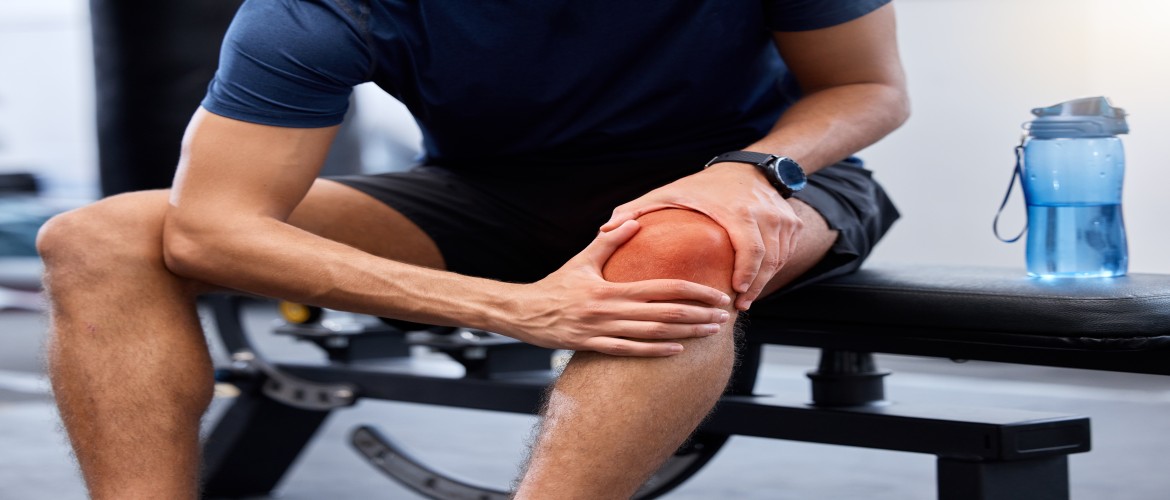
5. Natural Pain Relief Options
If you prefer a more holistic approach, there are several natural remedies for post-workout pain. These remedies focus on reducing inflammation and aiding muscle recovery.
Natural Remedies Include:
-
Epsom salt baths: Soaking in a warm Epsom salt bath can help relax muscles and reduce soreness.
-
Turmeric: Known for its anti-inflammatory properties, turmeric can help reduce post-workout inflammation.
-
CBD: Cannabidiol (CBD) has been shown to reduce muscle pain and inflammation.
How to Choose the Best Painkiller for Post-Workout Pain
Choosing the right painkiller for post-workout soreness depends on your personal preferences and the severity of your pain. Here are some tips for selecting the best option for you:
-
If you want quick relief: Consider NSAIDs like ibuprofen or naproxen, as they reduce inflammation and relieve pain effectively.
-
If you have stomach issues: Acetaminophen might be a better choice, as it’s gentler on the stomach.
-
If you prefer topical solutions: Topical pain relievers and muscle rubs provide targeted relief with fewer systemic side effects.
-
If you prefer natural remedies: Epsom salt baths, turmeric, or CBD could be beneficial for soothing soreness without relying on medications.
FAQs About Painkillers for Post-Workout Pain
1. Can I take painkillers before my workout?
It’s not recommended to take painkillers before working out, as they can mask discomfort and increase the risk of injury. It’s better to listen to your body and take painkillers only when needed after your workout.
2. Are natural remedies as effective as painkillers?
Natural remedies like Epsom salt baths and turmeric can help reduce inflammation and muscle soreness, but they may not be as fast-acting or potent as over-the-counter painkillers.
3. How can I avoid post-workout pain in the future?
To reduce the likelihood of post-workout soreness, ensure that you’re warming up properly before exercise, staying hydrated, and allowing sufficient time for recovery between workouts.
4. Are there any risks to using painkillers regularly for muscle pain?
Regular use of painkillers, especially NSAIDs, can lead to stomach irritation, kidney issues, or liver damage. It’s essential to follow the recommended dosages and consult a healthcare provider if you’re using painkillers frequently.
Conclusion
Post-workout pain is a natural part of the muscle recovery process, but that doesn’t mean you have to suffer through it. From NSAIDs to topical gels, there are numerous pain relief options available to help alleviate discomfort and promote recovery. Whether you prefer over-the-counter medications or natural remedies, choosing the right painkiller can make your recovery process much easier.
Remember, if your pain persists or worsens, it’s important to consult a healthcare provider to rule out any underlying injuries. Stay safe, and don’t let post-workout soreness prevent you from continuing your fitness journey.

